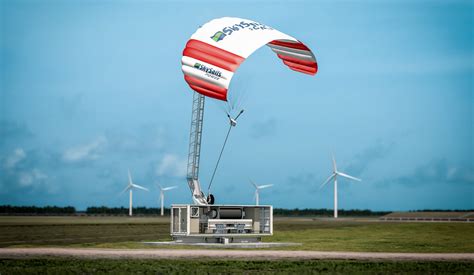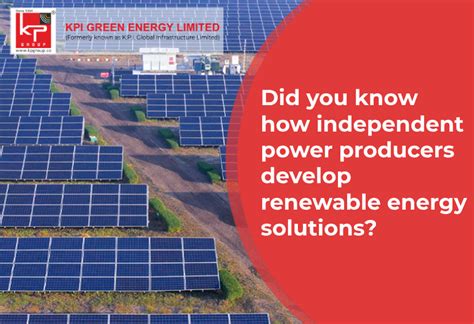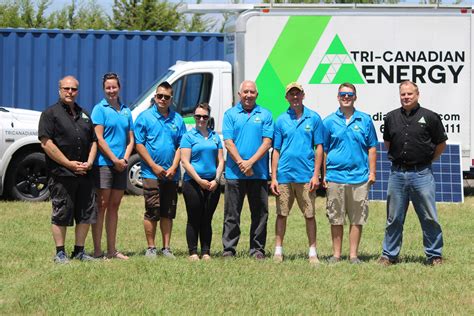The world is witnessing a significant shift towards renewable energy sources, driven by the need to reduce carbon emissions and mitigate climate change. Among the various alternatives to traditional fossil fuels, kite power systems have emerged as a promising solution. Kite power systems, also known as airborne wind energy (AWE) systems, harness the power of wind energy using kites or wings tethered to the ground. This innovative technology has the potential to revolutionize the way we generate electricity, making it a crucial component of the global energy landscape.
Introduction to Kite Power Systems

Kite power systems operate on the principle of capturing wind energy at higher altitudes, where wind speeds are generally stronger and more consistent. The system consists of a kite or wing, a tether, and a ground-based generator. As the kite flies in a figure-eight pattern, it generates lift and pulls the tether, which is connected to a generator. The rotation of the generator produces electricity, which is then fed into the power grid. This technology has several advantages over traditional wind turbines, including lower installation costs, reduced visual impact, and increased energy production.
Key Points
- Kite power systems can generate electricity at a lower cost than traditional wind turbines
- The technology has the potential to produce more energy than traditional wind turbines due to its ability to capture wind at higher altitudes
- Kite power systems have a reduced visual impact compared to traditional wind turbines, making them a more acceptable solution for communities
- The technology is still in its infancy, with ongoing research and development aimed at improving efficiency and reducing costs
- Kite power systems can be used in a variety of applications, including offshore wind farms and remote communities
Technical Specifications and Performance
The technical specifications of kite power systems vary depending on the design and implementation. However, most systems consist of a kite or wing with a surface area of 100-500 square meters, a tether made of durable materials such as Kevlar or Dyneema, and a ground-based generator with a capacity of 100-1000 kW. The performance of kite power systems is measured in terms of their power output, which is influenced by factors such as wind speed, kite design, and tether length. According to studies, kite power systems can achieve a capacity factor of up to 60%, making them a viable alternative to traditional wind turbines.
| Technical Parameter | Value |
|---|---|
| Kite surface area | 100-500 square meters |
| Tether material | Kevlar or Dyneema |
| Generator capacity | 100-1000 kW |
| Capacity factor | Up to 60% |

Applications and Market Potential

Kite power systems have a wide range of applications, from offshore wind farms to remote communities. The technology has the potential to provide clean and reliable energy to millions of people worldwide, particularly in areas where traditional energy infrastructure is lacking. According to market estimates, the global kite power market is expected to reach $1.4 billion by 2025, growing at a compound annual growth rate (CAGR) of 15.6% from 2020 to 2025.
Challenges and Limitations
Despite the potential of kite power systems, there are several challenges and limitations that need to be addressed. These include the high upfront costs of the technology, the need for advanced control systems to ensure safe and efficient operation, and the potential environmental impacts of large-scale kite deployments. Additionally, the technology is still in its infancy, and ongoing research and development are needed to improve efficiency, reduce costs, and increase scalability.
Meta Description: Discover the potential of kite power systems, a revolutionary technology that harnesses wind energy using kites or wings tethered to the ground, providing a clean and reliable source of electricity.
What is kite power and how does it work?
+Kite power, also known as airborne wind energy, is a technology that harnesses wind energy using kites or wings tethered to the ground. The kite flies in a figure-eight pattern, generating lift and pulling the tether, which is connected to a generator. The rotation of the generator produces electricity, which is then fed into the power grid.
What are the advantages of kite power systems compared to traditional wind turbines?
+Kite power systems have several advantages over traditional wind turbines, including lower installation costs, reduced visual impact, and increased energy production. They can also capture wind energy at higher altitudes, where wind speeds are generally stronger and more consistent.
What are the challenges and limitations of kite power systems?
+Despite the potential of kite power systems, there are several challenges and limitations that need to be addressed. These include the high upfront costs of the technology, the need for advanced control systems to ensure safe and efficient operation, and the potential environmental impacts of large-scale kite deployments.



